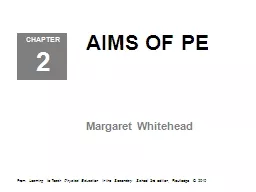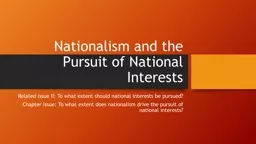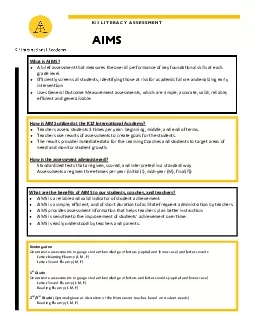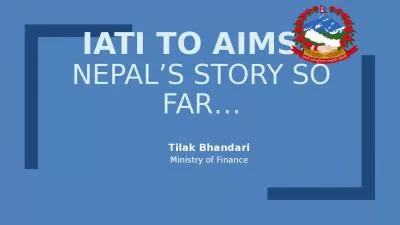Aims, ways, means and interests of external
Author : kittie-lecroy | Published Date : 2025-08-13
Description: Aims ways means and interests of external factors in the WB 6 region NATO USA Russia Turkey China Gulf Arab countries Chinas influence in the WB moving from economic interests with multilevel strategy towards multifaceted
Presentation Embed Code
Download Presentation
Download
Presentation The PPT/PDF document
"Aims, ways, means and interests of external" is the property of its rightful owner.
Permission is granted to download and print the materials on this website for personal, non-commercial use only,
and to display it on your personal computer provided you do not modify the materials and that you retain all
copyright notices contained in the materials. By downloading content from our website, you accept the terms of
this agreement.
Transcript:Aims, ways, means and interests of external:
Aims, ways, means and interests of external factors in the WB 6 region (NATO, USA, Russia, Turkey, China, Gulf Arab countries) China’s influence in the WB: moving from economic interests with multilevel strategy towards multifaceted policies Dr. Goran Ilik Lecture overview Sino-European relations: state of play and perspectives China’s approach to the Western Balkans The economic dimension The political dimension The security dimension Sino-European relations: state of play and perspectives The Belt and Road Initiative (Source: Asia Green Real Estate, https://www.asiagreen.com/en/news-insights/the-belt-and-road-initiative-and-the-rising-importance-of-china-s-western-cities, 2021) 17+1 Framework (Source: Coordinating Secretariat for Maritime Issues “17+1”, http://ceec-china-maritime.org/?tag=161-format, 2021) China’s approach to the Western Balkans China–Europe Land–Sea Express Route (Source: China’s approach to the Western Balkans, https://www.clingendael.org/pub/2020/china-and-the-eu-in-the-western-balkans/1-chinas-approach-to-the-western-balkans/, 2021) The economic dimension Western Balkans’ trade in goods with the EU and China, as percentage of the total trade (Source: https://www.clingendael.org/pub/2020/china-and-the-eu-in-the-western-balkans/1-chinas-approach-to-the-western-balkans/#12-the-economic-domain , 2021). The algorithm for foreign direct investment (FDI) is similar to that for trade: Bosnia and Herzegovina has no recent reliable data available for Chinese FDI. For Albania and Montenegro, Chinese FDI is low, accounting for just 2.27 per cent and 0.36 per cent respectively in 2018. North Macedonia recorded a slightly higher figure, with Chinese FDI accounting for 3.75 per cent of the total investment in 2018. In 2016, Chinese FDI represented 7.32 per cent of the total FDI in Serbia, while the top investor – the Netherlands – had a 13.18 per cent share. China’s infrastructure-related lending to the WB6 countries includes the following: Montenegro’s sovereign debt to China is the highest in the region. China’s Export–Import (Exim) Bank has financed the construction of the Bar–Boljare highway. As of 2019, Montenegro owes EUR 671 million, which is 22 per cent of its total foreign debt of EUR 3.1 billion, with its total foreign debt standing at 63 per cent of its Gross Domestic Product (GDP). China is the second biggest lender to Montenegro, and it is the single biggest bilateral lender. In 2013 North Macedonia borrowed EUR 714 million from China’s Exim Bank for the construction of two highways: Miladinovtsi–Stip and Kicevo–Ohrid. This is approximately 14 per cent of the current 2020 level of government debt, which stands at EUR 5.2 billion. Albania has registered a decreasing level of indebtedness to China, owing Beijing EUR 13.7 million in 2010 and EUR 1.6 million in 2019. There is no data on Kosovo, which presumably has no debt with China as the countries do not have














